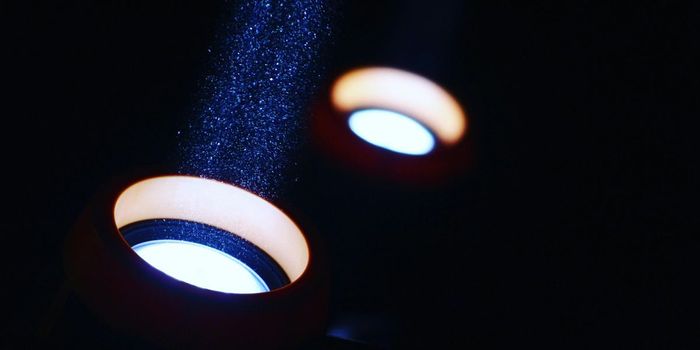Ionizing the Ultralight Particles Around Black Holes
Black holes are infamous for capturing things around them; however, it is a little-known fact that they also lose some mass through a process called superradiance. This process gives birth to ultralight particles that form a large cloud around the black hole, also known as the gravitational atom. When another massive object such as a neutron star or another black hole comes in the vicinity of this black hole (to merge with it), this cloud gets perturbed. In other words, this cloud of ultralight particles absorbs some of the orbital energy of this massive object which leads to the ejection of some of these particles from the cloud. This phenomenon is analogous to the photoelectric effect which was postulated by the famous Albert Einstein for which he was awarded the Nobel Prize. In this effect, the light of a particular intensity hits metal and it ejects out an electron from it which produces an electric current, e.g., solar power is a direct consequence of this effect. In the case of black holes, these ultralight particles are like electrons that get ejected when a massive object “hits” the cloud around the black hole like the light hits metal in the photoelectric effect.
This phenomenon was demonstrated by an international collaboration of astronomers/physicists who published this work in the Physical Review Letters. These authors emphasize that this effect of “ionizing” the ultralight particles around black holes can significantly reduce the time it takes for two black holes to merge, thereby helping astronomers to estimate the number of merging events more accurately. This would further revolutionize the field of gravitational wave physics which was only theoretical until 2015 when the first such wave was discovered by the Laser Interferometer Gravitational-wave Observatory (LIGO) group. Their discovery added a completely new branch to the field of physics and they won the Nobel prize in 2017. This discovery proved various theories regarding black holes; e.g., two smaller black holes merge to form a bigger black hole, the existence of gravitational waves which are released during this merging event.
These researchers also conclude that the upcoming gravitational wave detectors should be able to detect this “ionization” of the cloud around the black hole in their measurements of gravitational waves from merging events. Finding these features would confirm the existence of such ultralight particles which would play a big role in the enhancement of our understanding of particle physics.
Source: Physical Review Letters, ScienceDaily








